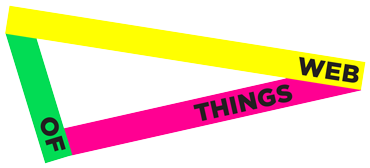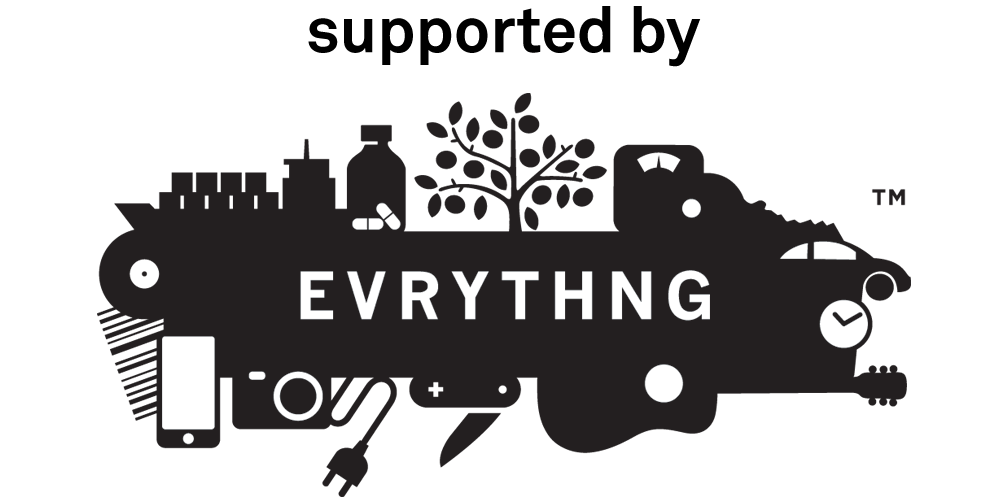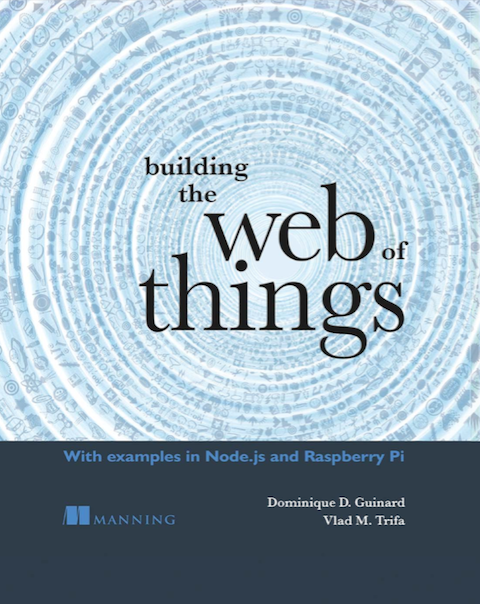Mashlight: a Lightweight Mashup Framework for Everyone
Sam Guinea, Luciano Baresi, Matteo Albinola and Matteo Carcano present the Mashlight framework at MEM 2009. Mashlight is a lightweight mashup framework which aims at a software solution providing: flexibility (support for data, logic and presentation), usability (come to an abstraction level that everyone can understand) and fast prototyping. Their starting point is that mashups are created through the process-like disposition of logic activities. Sam starts by presenting the model they use for their mashup framework. The notion of Mashlight Block is the first being introduced. It represents a functional unit with clear goal, e.g. a map block, a movie...




